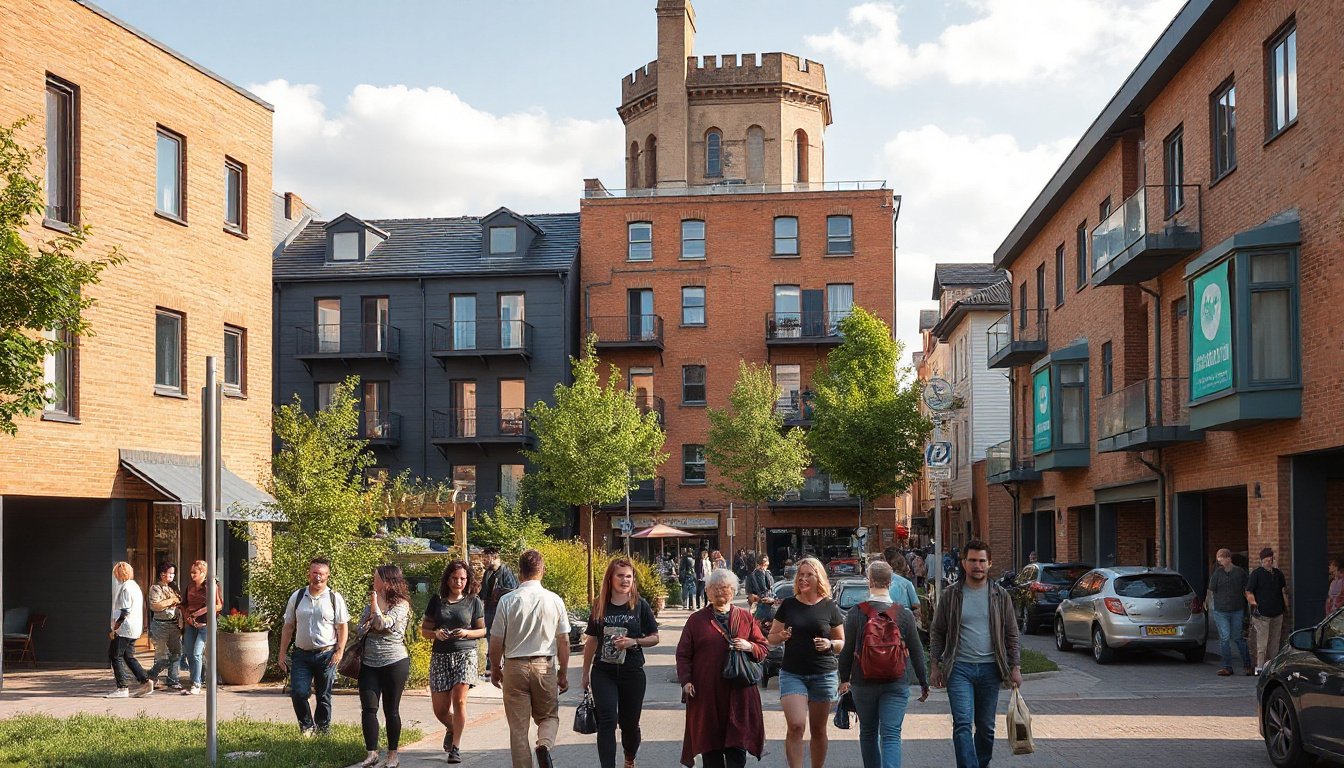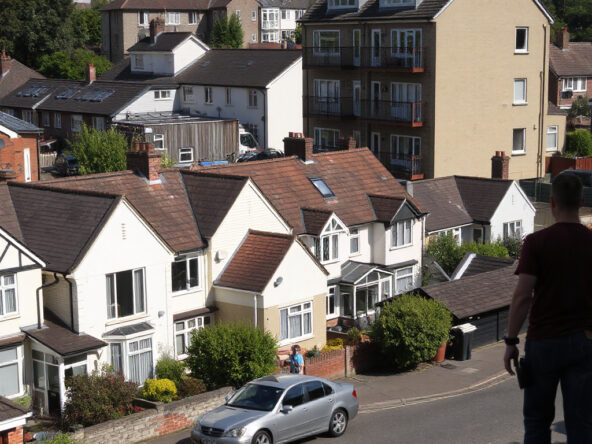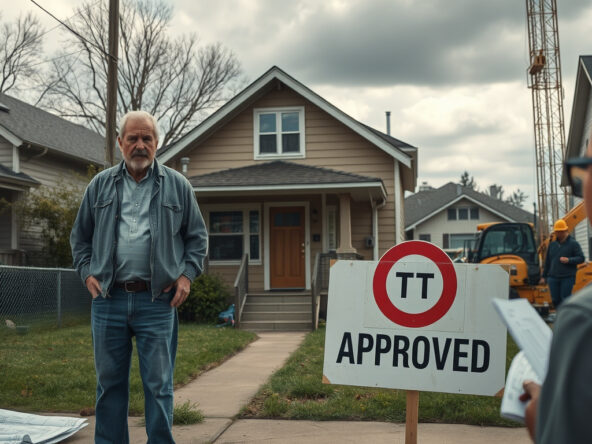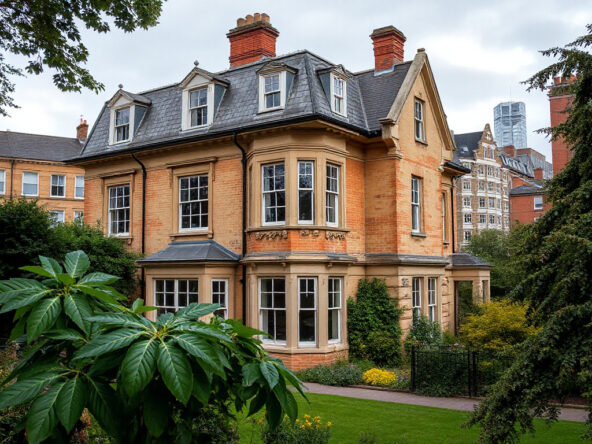New Regulations Established for Shared Homes in Response to Rapid Growth
A directive now enforced by local authorities—in response to a surge that saw Houses in Multiple Occupation rise from 117 to 720 over merely four years—binds the borough, linking rapid numeric escalation with resident concerns about socio-economic strain on community networks.
Introduction of Article 4 Direction
Local officials have imposed an article four mandate that now requires planning approval when a house is transformed into a shared dwelling; this measure, replacing the former status of permitted development for conversions accommodating up to six residents without formal planning, connects each planning step tightly with resident objections raised amid increased density, traffic pressures, and risks of disruptive behavior.
Impact on Future HMO Developments
In cases where a property shifts into a shared housing unit without the destroyed barrier of planning consent, the owner faces imposed remediation—this regulatory condition enforces a strict chain that binds the conversion act to a cost-bearing reversal, insisting on compliance with set standards that many in the community deem fundamental for housing resilience.
Encouraging Quality Housing Standards
The council, tasked with the balancing of shared living needs with strict oversight and thorough communal feedback, explains that while a shared dwelling may yield benefits if well managed, every conversion must align with rigorous conditions that secure housing quality as determined by in-depth local scrutiny.
Conclusion
The new rules, reflecting resident unease over unchecked expansion and potential disruption to community links, tie each step of development to a strict planning process; investors and landlords must now study these detailed protocols as they navigate an evolving field of property transformation in shared homes.



